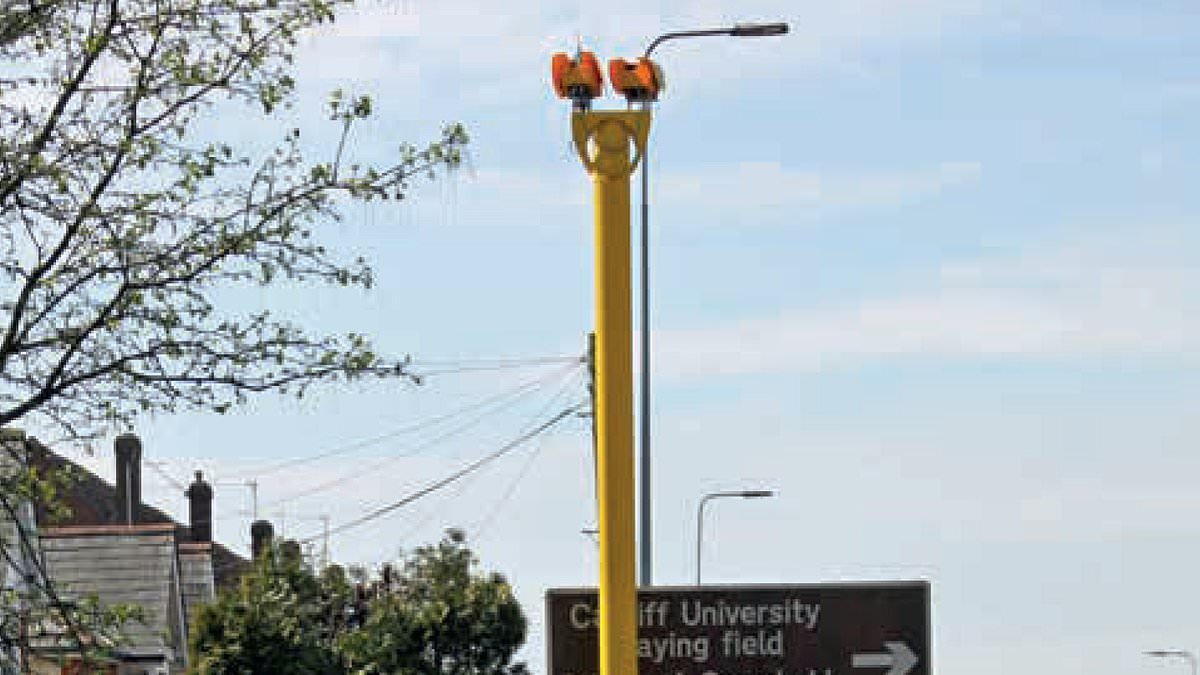A fresh crackdown on motorists is being launched in Scotland using a new generation of hi-tech cameras installed at traffic lights.
Not only does the new technology detect if a driver has jumped a red light, it also records whether cars are speeding when they drive through on green.
The dual-action cameras use radar scanners to monitor the area around the lights.
Equipped with Automatic Number Plate Recognition (ANPR), the cameras then send details of the vehicle to the authorities, as well as a short video clip that can be used as evidence. They can also use infrared lamps to read number plates in the dark.

The new cameras
As with traditional speed cameras, motorists can then expect either a fine, points on their licence or even prosecution.
Technical notes for the cameras show they can also be used to ‘unobtrusively gather data’ by recording the registration of every passing vehicle ‘for civil and security/policing applications’.
The new technology is to be trialled at two locations in Scotland but could be rolled out across the country if deemed to be a success.
Transport Scotland confirmed the cameras would help ‘maximise casualty reduction’.
A spokesman added: ‘The aim of the Scottish Safety Camera Programme is to deploy Home Office type approved safety cameras where they have the greatest potential to reduce injury collisions and where there is evidence of both collisions and speeding.’
Until now, a handful of older speed cameras capable of detecting both red light violations and speed offences have been deployed at locations around Scotland. A total of five such cameras were operational in 2022-23.

How the new cameras work
However, the existing cameras rely on sensors buried in the ground, meaning any damage to the road surface affects the cameras and can make them unreliable.
In response, the authorities decided to upgrade to the next generation of speed-detection technology.
Transport Scotland has now purchased a ‘red light speed camera enforcement system’ from a technology company called Jenoptik Traffic Solutions.
The camera set-up, the firm says, is a ‘Home Office type approved video-based fully self-contained traffic enforcement system capable of multiple applications’.
These cameras can collect information for traffic analysis and also the police and security services.
The new enforcement system is the latest addition to the technology used to monitor speed adherence, and joins two types of fixed cameras, mobile cameras and average speed cameras.
Another recent introduction is HADECS – the Highway Agency Digital Enforcement and Compliance System – a camera and radar system which aims to encourage compliance with mandatory variable speed limits.
